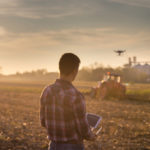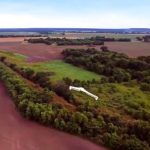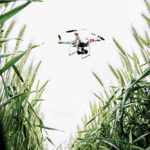Drones are now being used for spray applications in countries around the world. And while not commercially commonplace in Canada yet, companies and ag-service providers continue investing time and resources in the technology. Despite ongoing technical issues and unanswered practical questions, some think sprayer drones can bring a variety of agronomic, health, and human resource













